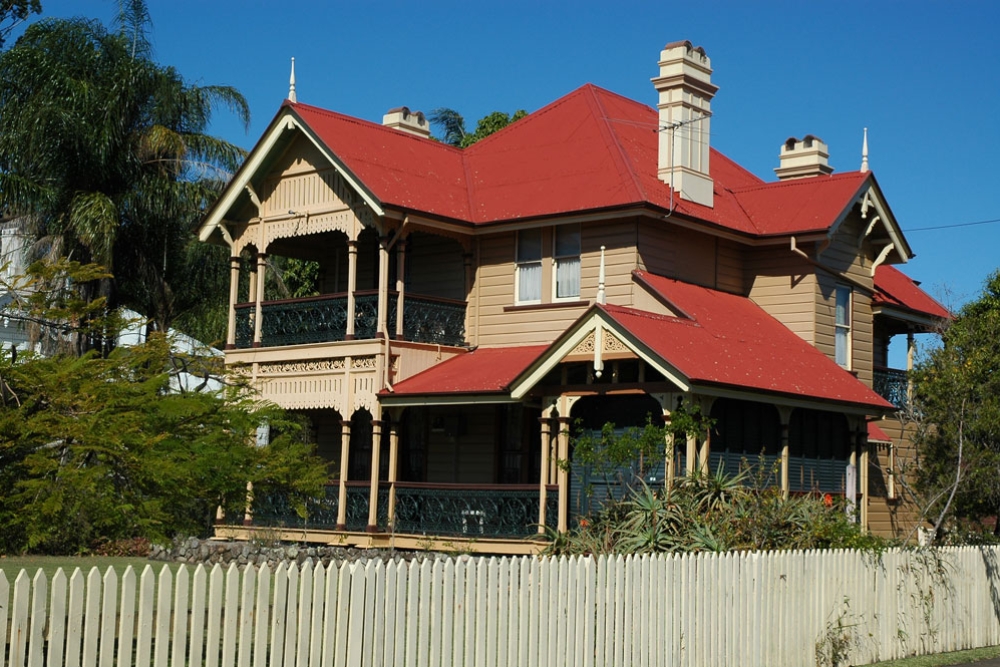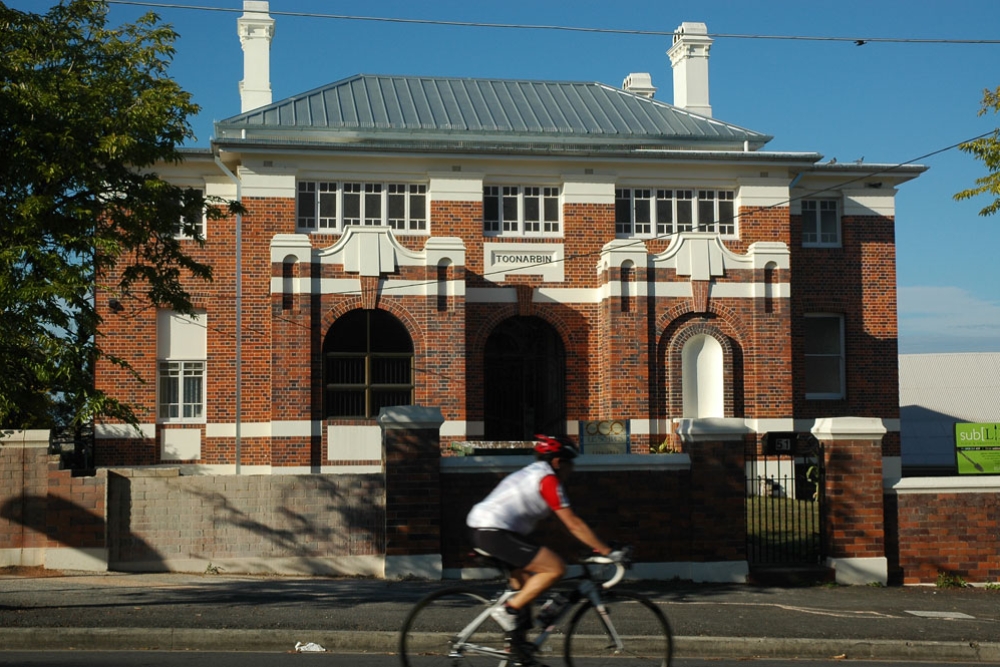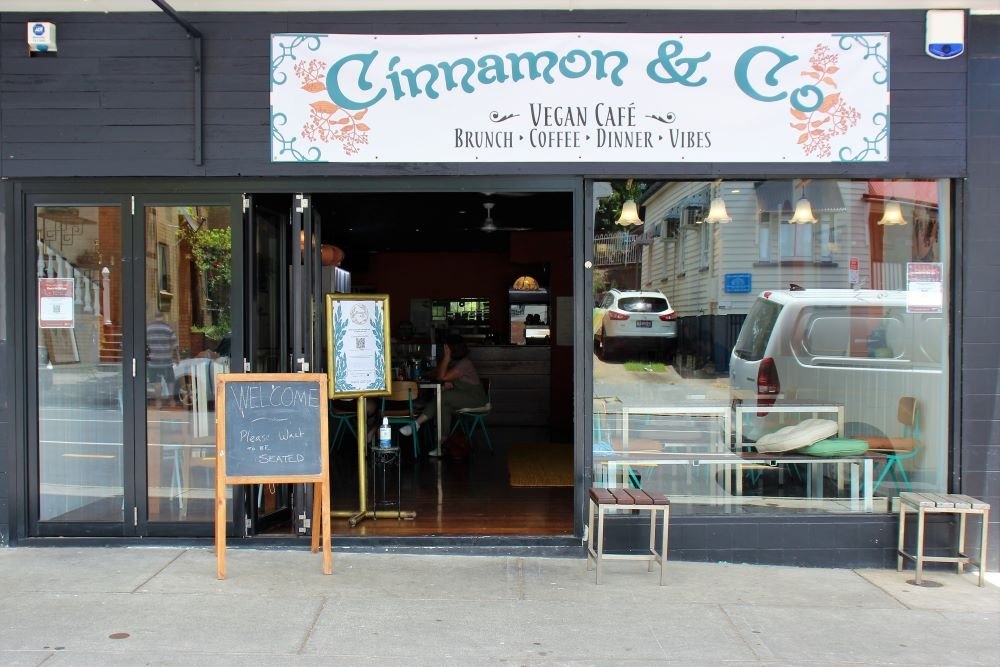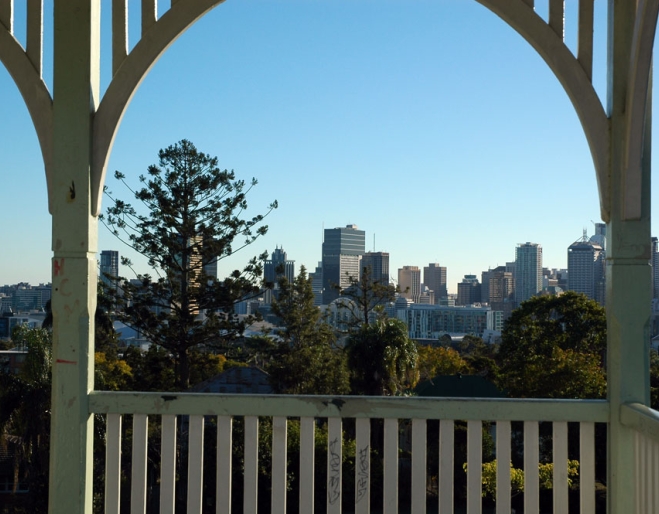Highgate Hill Walk
Updated: Aug 23, 2025
A two hour ramble through the labyrinth of Highgate Hill’s historical streets, taking in the river, hidden parks, grand 19th century villas, tiny pockets of shops and the secret laneways and staircases connecting it all.

1. Disembark at West End ferry terminal, which is also a stop for the Cityglider bus from Teneriffe. Alternatively there is parking in nearby streets. Head along the weeping fig tree studded riverfront of Orleigh Park, which during the 1893 floods was inundated by a king tidal wall of water which swept away the houses that once hugged the shore, leaving only their stumps. They were never rebuilt, instead the land being bought by the council in 1916 to create the park.
2. Just before the South Brisbane Rowing Club (near the scene of Brisbane’s gruesome 'vampire murder') turn right onto Riverside Drive. Take the first right onto Drury Street and follow to Montague St.
3. On the corner of Montague St is Cordeaux Social Club, a spiffy little eatery in an old corner shop that serves top notch coffee and delicious cafe fare. Otherwise turn to the left and take Gray St the first on the right.
4. On Gray Street are a number of grand classic Queensland residences including Wanda Walha at no 15 which was built in the 1880’s for a lucky grocer and Nassagaweya at no 37, which was built in 1885 for a sometime architect, surveyor and fleet-footed preacher.

5. Turn left onto Hoogley and follow it through to Ganges which leads to a small junction of restaurants and shops. Turkish dining institution Caravanserai in the old Queenslander cottage is also open for lunch Saturdays and Sundays.
6. Continue past Caravanserai onto Dornoch Terrace, which is Highgate Hill’s premier street and one time magnet for wealthy 19th century Brisbanites and where the rambling houses are a mix of late Victorian and Federation style.
7. One of the first settlers in the area, Captain O’Reilly left his mansion in Bowen Hills in 1865 and built Number 51, the imposing brick Georgian Toonarbin with twelve fireplaces, which at the time was of peculiar grandiosity for its site which was essentially secluded bushland.

8. Stop at the Dornoch Terrace Bridge which passes over Boundary Street below, and enjoy substantial city and West End views. The unusual bridge was built in 1941 as part of an ambitious yet never realized plan to link West End to the University of Queensland by road and the only part undertaken was the cutting through of the hill under Dornoch Terrace and the building of the bridge over the top.
9. Take the left path immediately before the bridge, down to Boundary Street below. The path passes another folly - a set of stone steps leading to nowhere and eventually cuts under an old shop front from the days before the hill was excavated.

8. Stop at the Dornoch Terrace Bridge which passes over Boundary Street below, and enjoy substantial city and West End views. The unusual bridge was built in 1941 as part of an ambitious yet never realized plan to link West End to the University of Queensland by road and the only part undertaken was the cutting through of the hill under Dornoch Terrace and the building of the bridge over the top.
9. Take the left path immediately before the bridge, down to Boundary Street below. The path passes another folly - a set of stone steps leading to nowhere and eventually cuts under an old shop front from the days before the hill was excavated.
10. Follow Boundary Road up to the next set of shops, crossing Whynot Street which was named after the Whynot housing estate, the first built in the area and obtaining its peculiar name from the advertising campaign where every sentence began with ‘Why not..” then contiuning to a little clump of quirky shops and cafes and check out the first purpose built library in Brisbane, Kurilpa Library (1929) with its clock tower and façade more befitting a town hall.

11. Retrace steps for a block and cross Boundary St, taking Brighton Rd on the other side. Partway along at no. 52 is Mon Abri, typical of the grandstand houses that once populated this street and home to a solicitor and associate to the Chief Justice. Across the road further is Somewhere to Stay a sprawling Queenslander-turned backpacker’s hostel. Turn left at the adjacent Franklin St and just past the STS at number 37 is a lowset historical home of grand proportions that was first home to the old West End Brewery’s founder in 1888 and from 1917 ‘The Mary Sumner Private Nursing home’ before becoming a private residence.
12. Turn back to Brighton Road and continue. On the left is the magnificent Victorian multi-storey Franklin Villa dating from 1892, a one time convent and charming Agatha Christie–worthy guesthouse.
13. At the end of Brighton Road turn right onto Hampstead Rd and head up the hill past the unit blocks which stand on the sites of demolished grand houses. Turn left into Bellevue St and follow around till it ends. Take the steps to the right up into Highgate Hill Park where once long-skirted ladies strolled with parasols and hike up to the historic picnic shelter from which there are spectacular city vistas, back on Dornoch Terrace.

14. The tall apartment block with the Jetsons style glass observation tower on its roof, adjacent to the park is Torbreck, Brisbane’s first high rise apartment block, built from 1958-1960, complete with swimming pool, TV reception, private garages and mail boxes. Before it was built prospective buyers were taken up in a helicopter to the height above ground where there apartment would be to give them an idea of the jaw-dropping aspect and the block captured the city’s imagination to the point where updates on its progress were being reported in the newspaper.
15. Pass Torbreck and continue on what is left of Dornoch Terrace till it meets with Gladstone Road.

16. Take Gladstone Road downhill until the second street on the right – Beaconsfield. At the sign indicating Derby turn left and follow to a T-intersection. To the left is a bushy ending with a sign, below which is an exquisite little riverfront pocket park with views to UQ.
17. Return to Derby and take the high road until it veers around to the right. Ahead is another patch of green albeit one with no river access or views. Continue to the left past it and up the hill to Dauphin Terrace.
18.Take a left then on the other side of the road on the right is a staircase leading to St James St which has a fairly impressive piece of Victoriana to the left. Wind around past it and follow the road (Dudley St) from here on in parallel to the river as it becomes Glenfield St.
19. At number 7, Glenfield is another house of historical note. Turn left into Carlow St and continue back to Hoogley St and left to the ferry stop.
Highgate Hill Walk
West End Ferry Terminal
Hoogley Street
West End
















